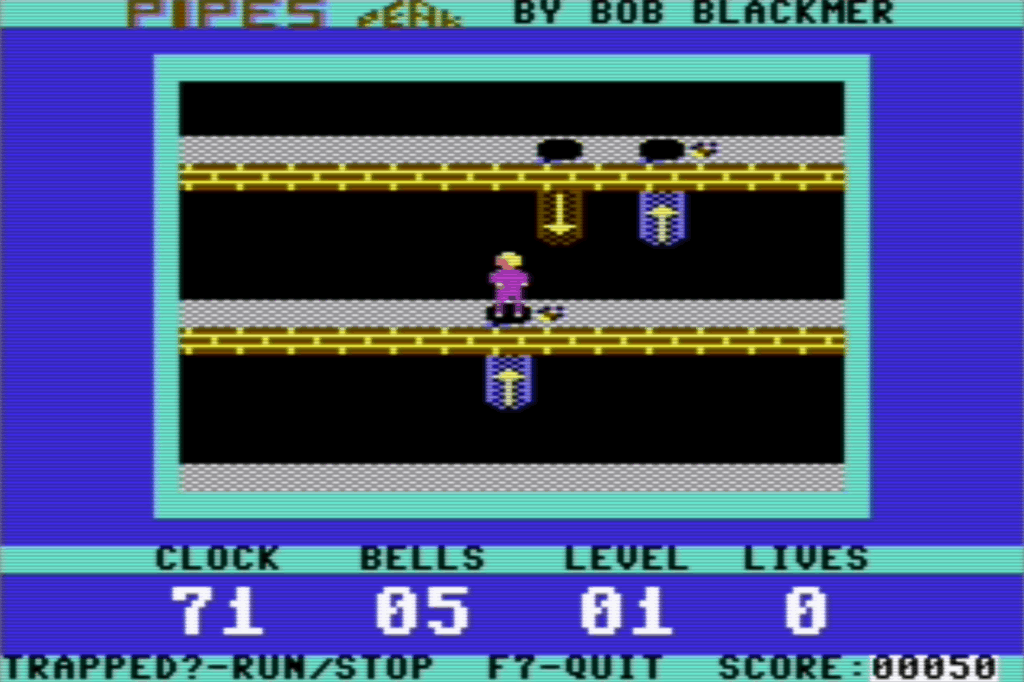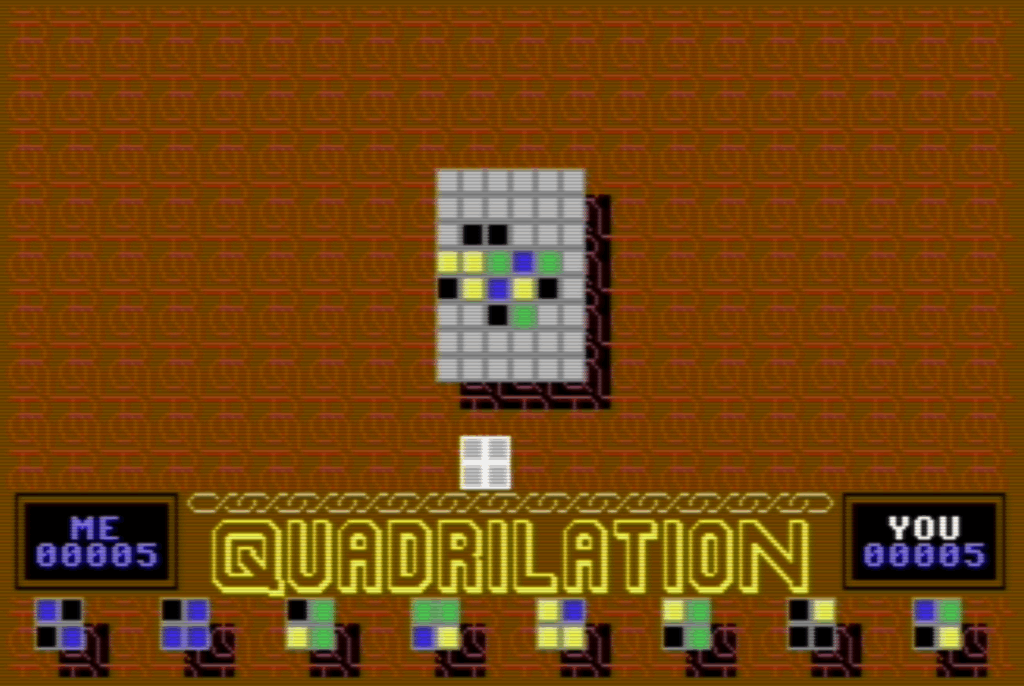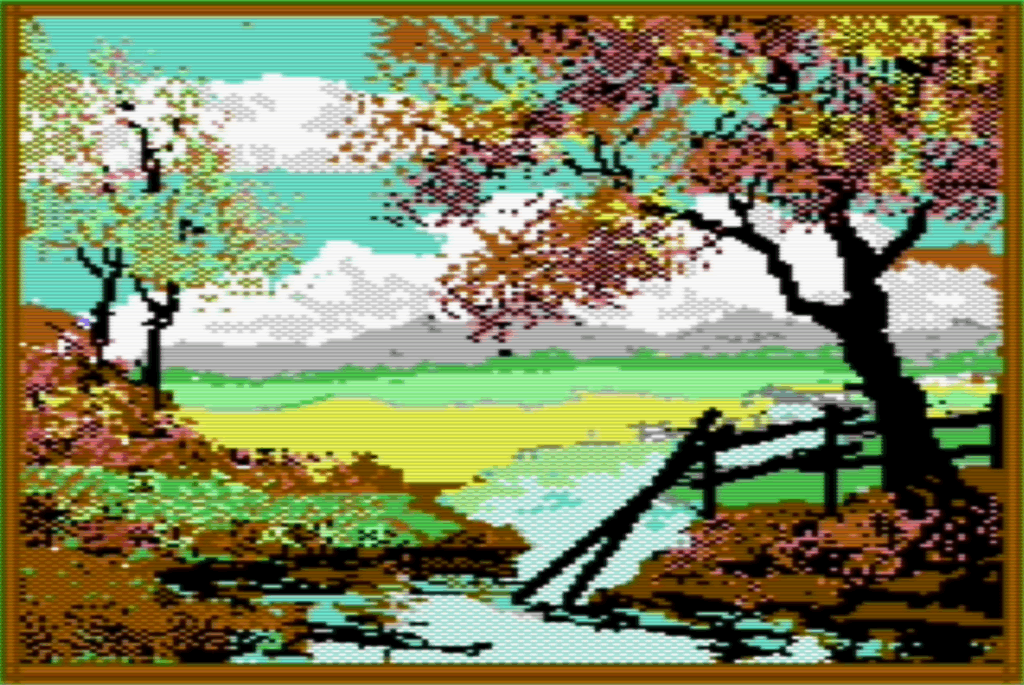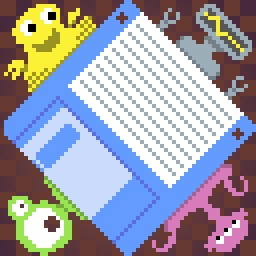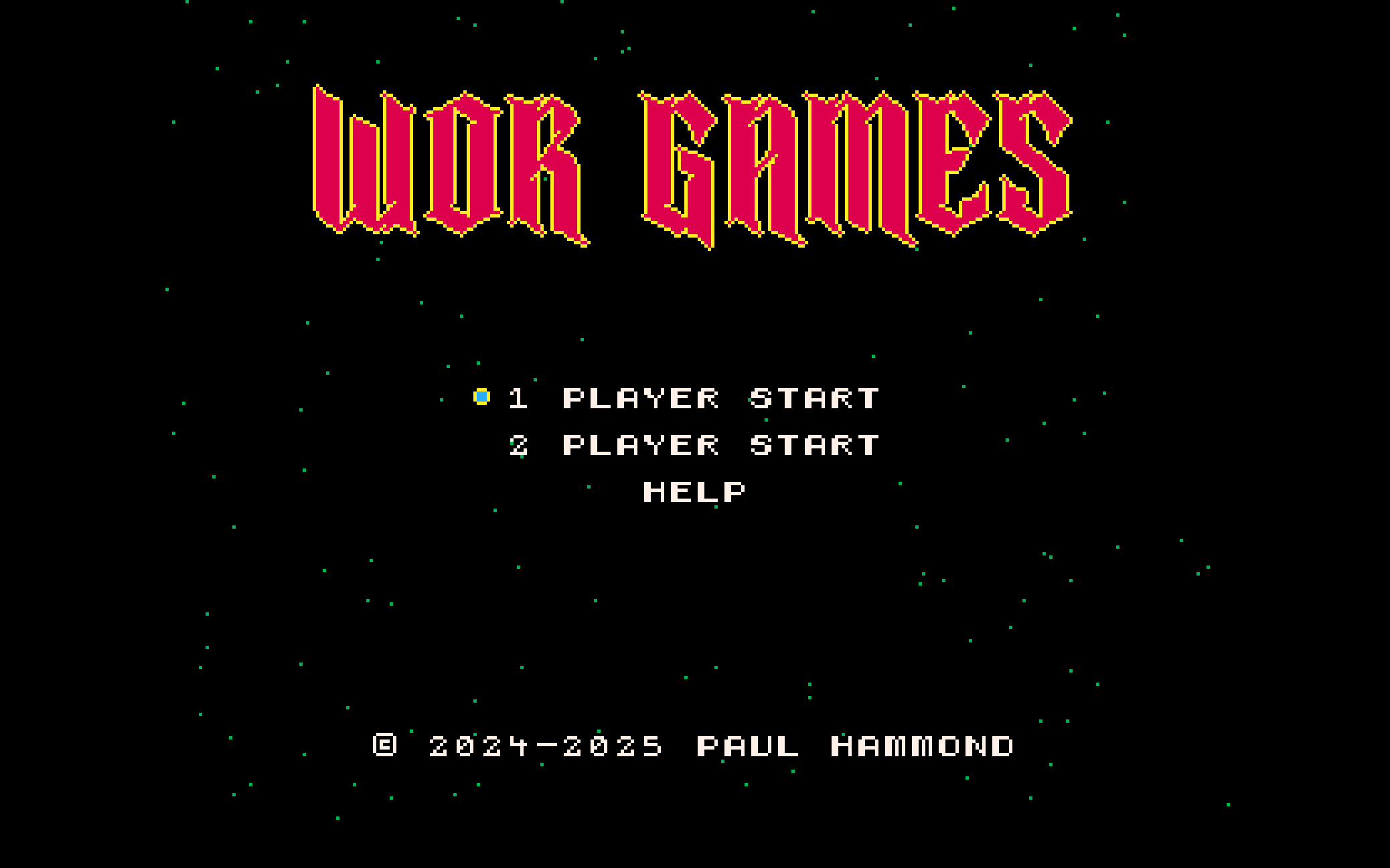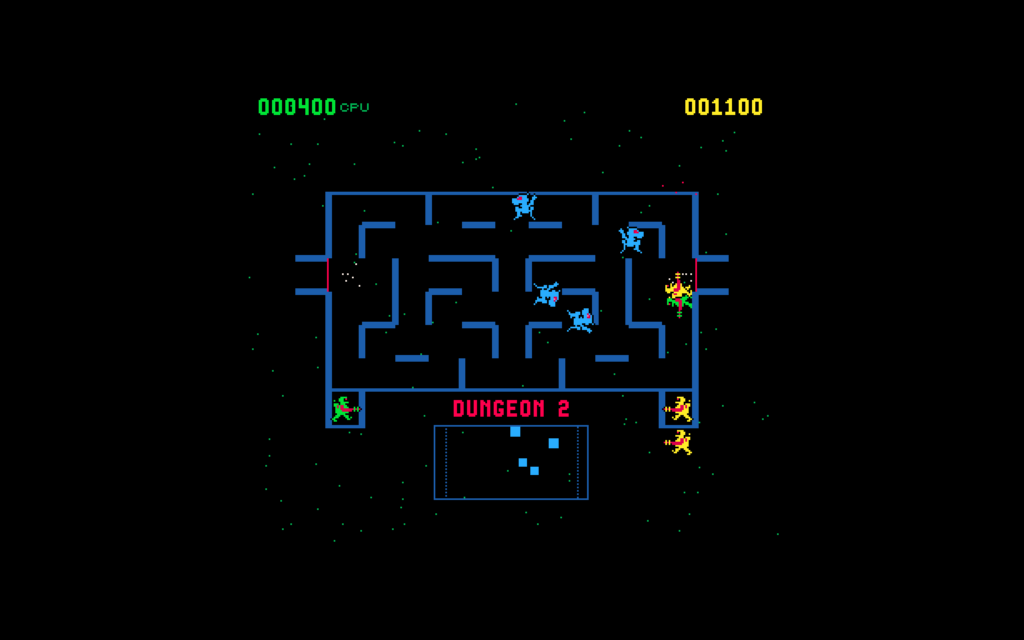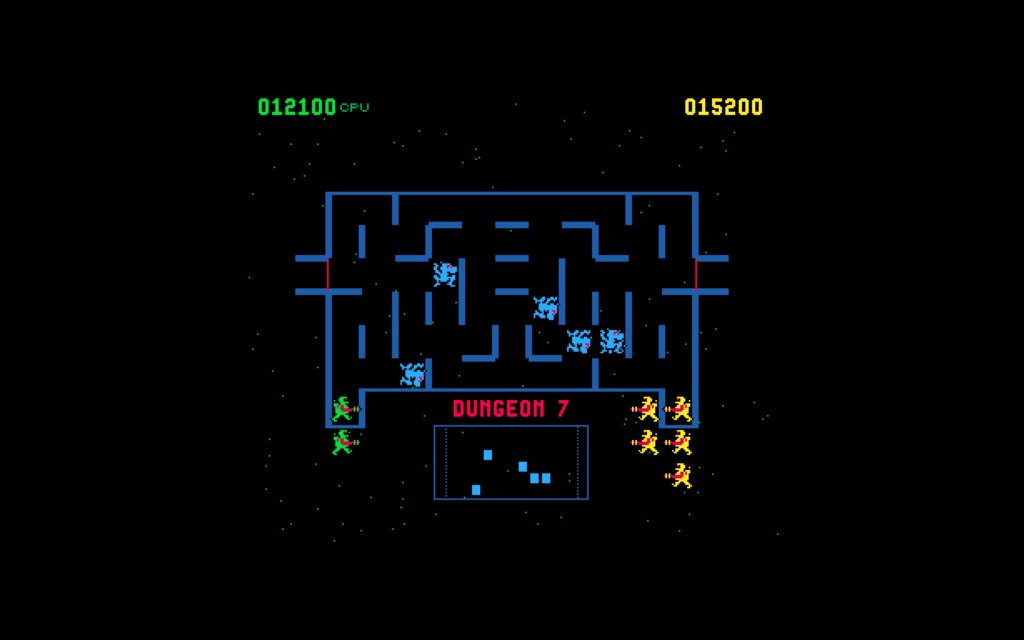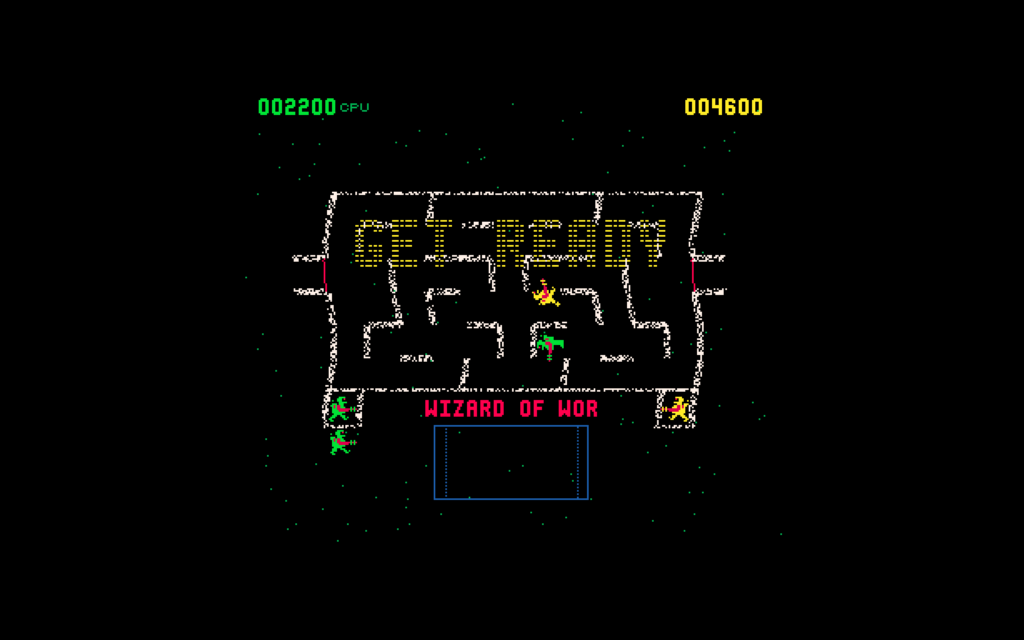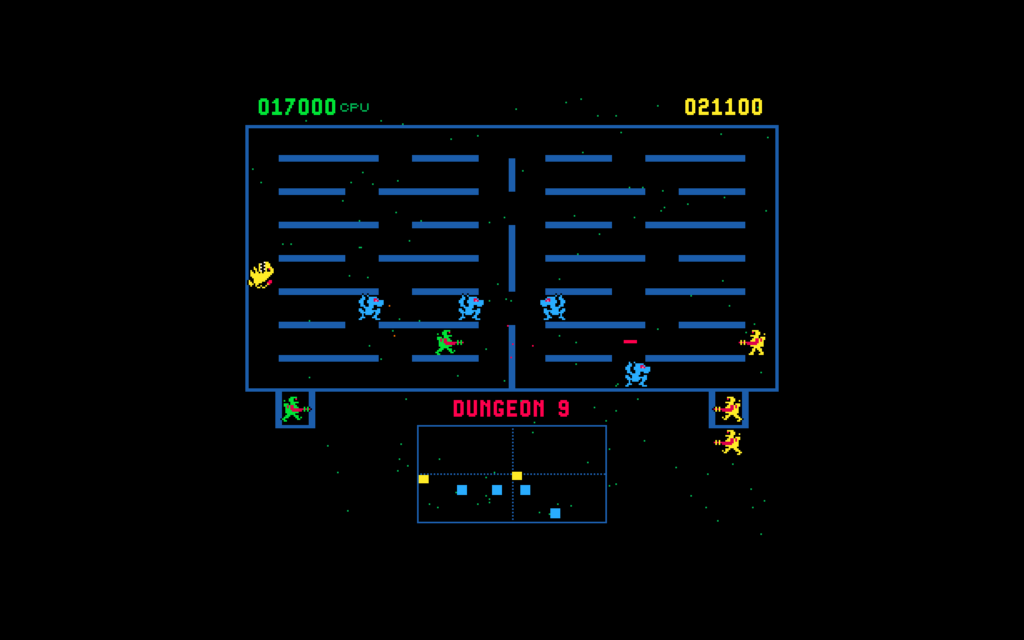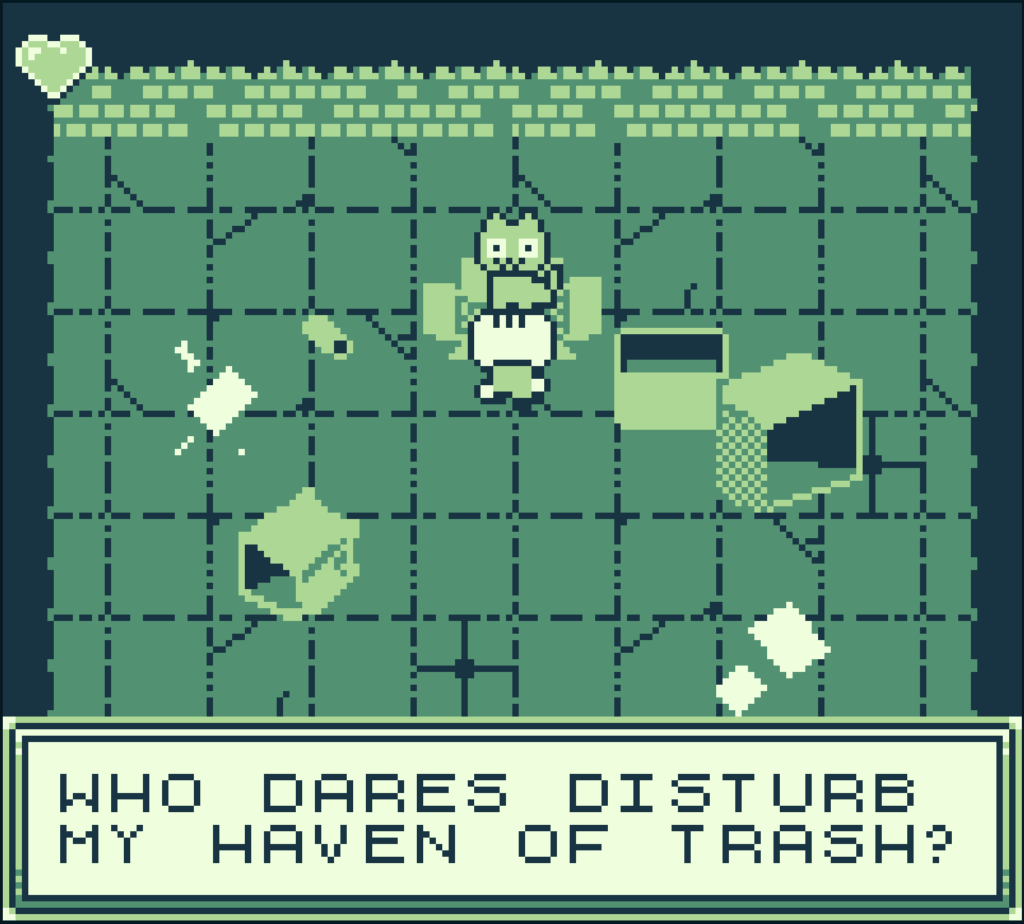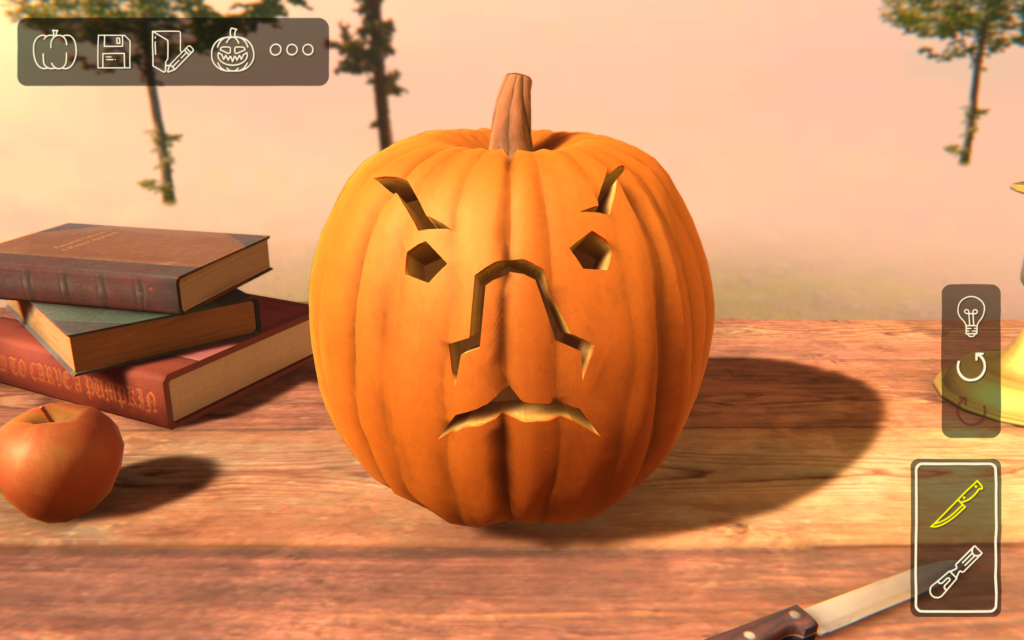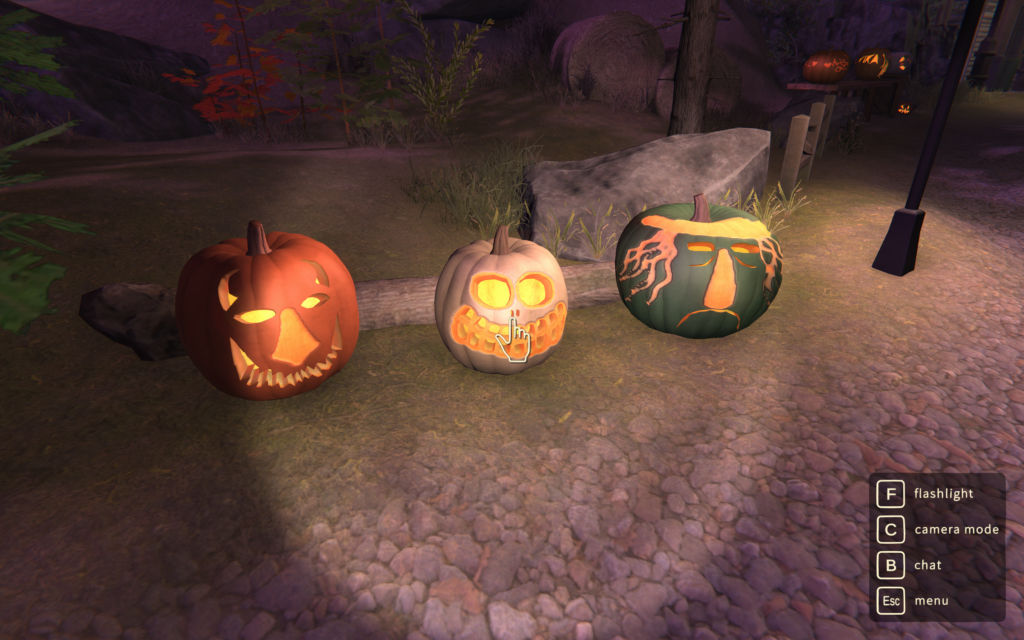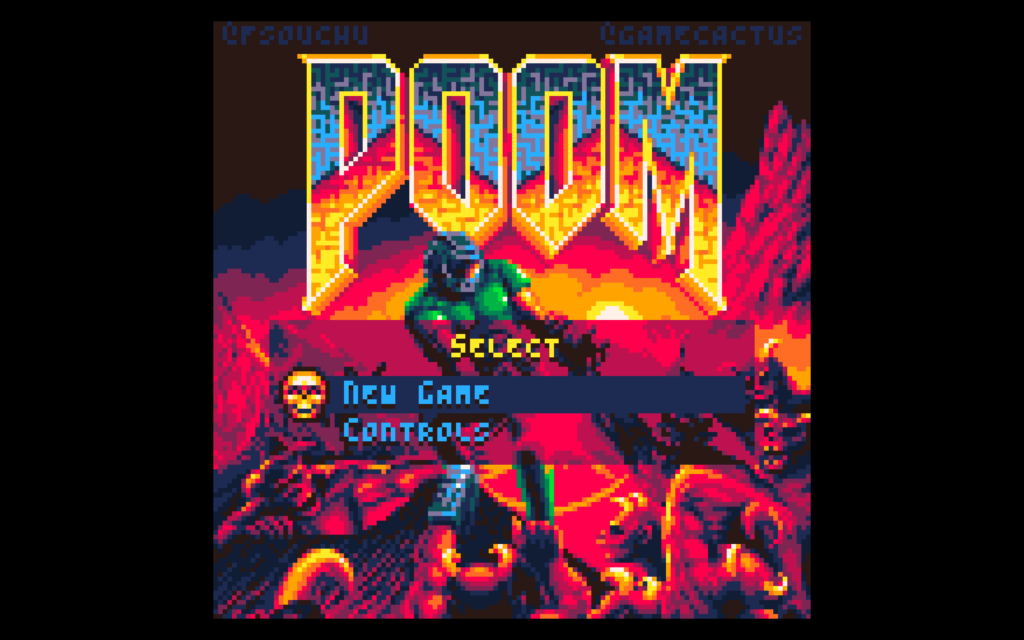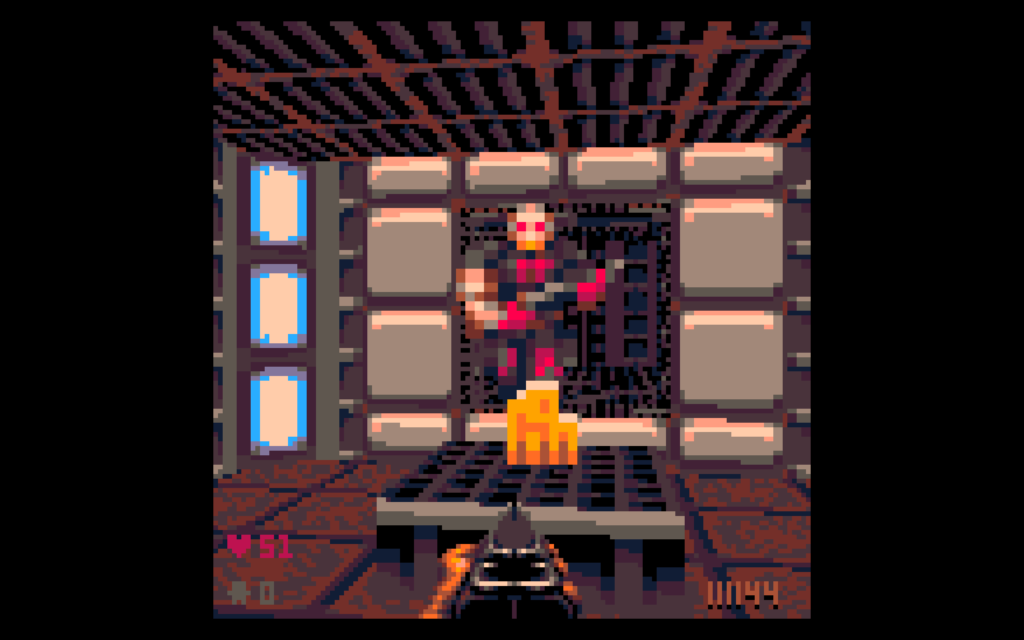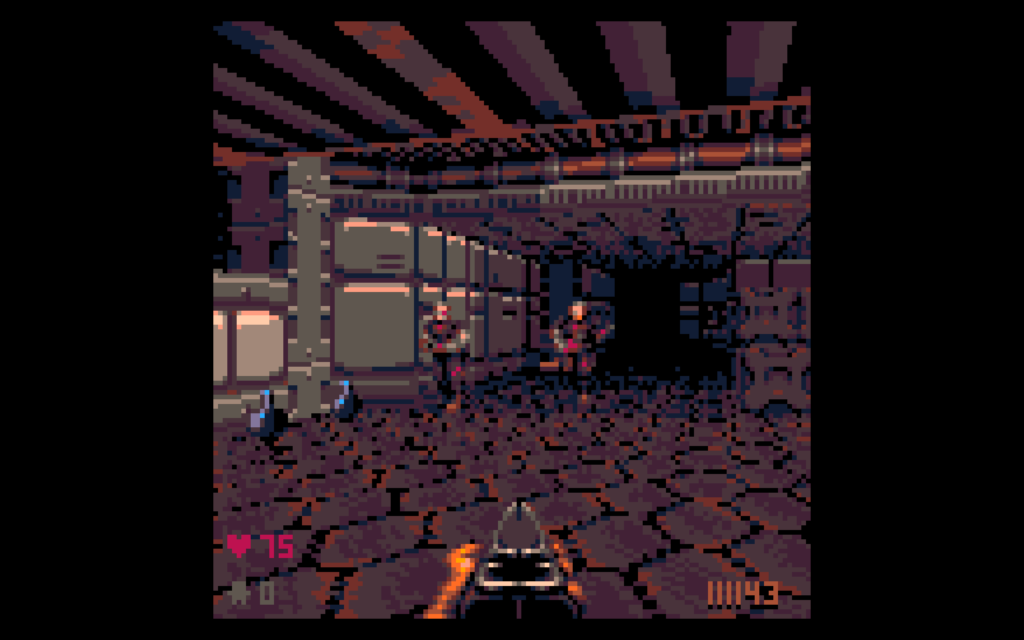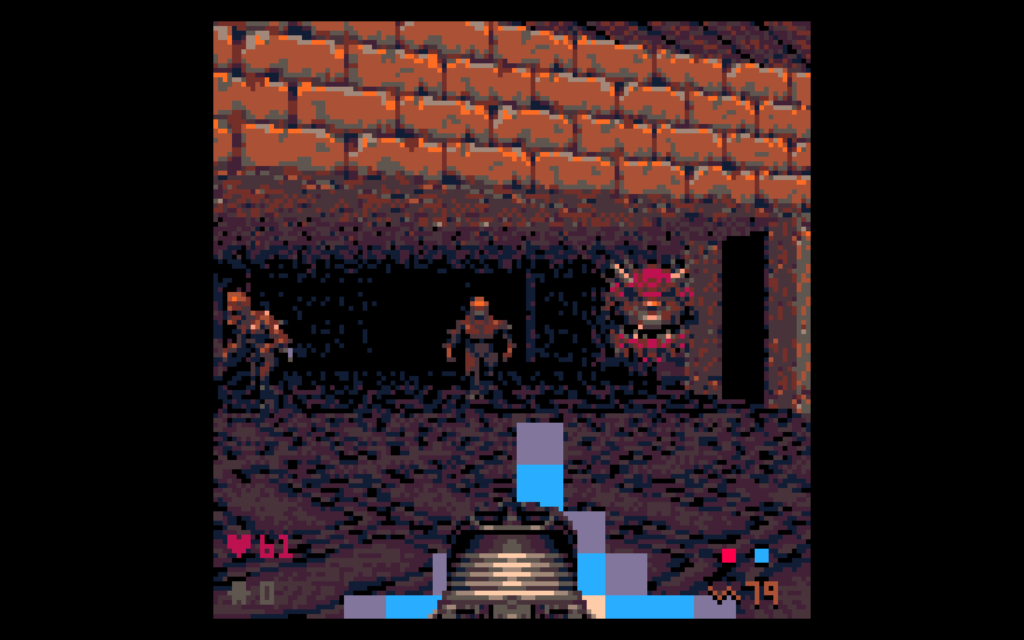
This is something I’ve been trying to make happen for some time. But then some work I put into it hit an unexpected snag (the maker of a library I had been depending on decided he wanted to be paid a subscription fee to use it or else he was going to put a nag screen on people’s projects), then other things came up, and so the project languished for months.
So now, on the premise that it’s better to get it out there and available and add features and fix things later, instead of sitting on it and potentially nothing happening with it ever, I have put up on itch.io ⅘ths of the run of classic Commodore 64 computer disk magazine LOADSTAR, with the blessing of owner/long-time managing editor Fender Tucker.
This isn’t the first time I’ve mentioned LOADSTAR in these pages. The magazine’s name came from the commonly-entered command on Commodore 64 computers LOAD”*”,8,1, to load the first program on disk into memory, and sometimes also to run it. LOAD”(star)”, you see. I packaged one of its programs, Dungeon, for sale on itch.io for $5 some months back and mentioned it here. This is an opportunity to get the collection it was drawn from. I recognize this is a bit self-serving, but I don’t do it very often, and there’s so much on LOADSTAR that the world deserves to know about. The price of $15 is because that’s what Fender has always sold it for. The issues can also be gotten for free elsewhere, yes. This is mostly an opportunity to get them all at once, and with the Fender’s approval: the person most responsible for all of it, the driving force behind it, the one who always believed the most in LOADSTAR, its very heart and soul.
I had been working for an explorer program for getting the contents of issues and searching through them without having to load each issue individually, but it had been stymied by the issue I mentioned in the first paragraph. Something else I’d like to do is supply an emulator that will run the issues directly, with sensible defaults. The version that’s up has an absolutely ancient copy of VICE for Windows with it. It’s so old that I’m not sure if there might be security issues with it; I should probably just remove it. In any case, current versions of VICE are available for many platforms and are free and open source.
To start an issue, you first start up your copy of VICE. The Commodore 64 emulator included is x64, or else x64sc; the Commodore 128 emulator is x128. Under the File menu, choose “Smart Attach…,” then pick the issue from within the LS64 folder for Commodore 64 issues, or LSQ128 for Commodore 128 issues. Make sure to click the Autostart button: it’ll load the Presenter program and run it automatically! You’ll find both 1541 (*.d64) and 1581 (*.d81) disk images. 90% of the time you’ll want to load the 1581 version, because those disks were much larger and a whole issue could fit on one of them! The 1541 versions (which while growing up I had to put up with) are split up into four disk sides, and are a hassle. By the way: the 1541 disk drive was excruciatingly slow. If you press Alt-W, you can toggle “Warp Mode,” which will speed up loading greatly! Just be sure to toggle it back off once your program has loaded!
And something the collection really needs is a list of highlights of interesting things on each issue, and also a directory of the people who made this unbelievable wealth of software. Here’s a few names to watch for: Jeff Jones (Assistant Editor), Barbara Schulak (Puzzle Maven), Ian Adams (Mathematician), Maurice Jones (Card Game Implementor of Great Skill), Jim Weiler (Third in Command), J.C. Hilty (BASIC Game Programmer who never let it get him down), Nick Peck (Creator of A Couple Of Awesome Games), Jon Mattson (General Gamesperson) and Walt Harned (Pixel Artist Extraordinaire). If I could affix all their names in the stars for the world to see forever, I absolutely would.
To construct the itch.io page I needed some screenshots, so I dipped into a few issues to make them, and got the names of their makers along the way. Here you go, but understand this is only a tiny fraction of what’s included.

